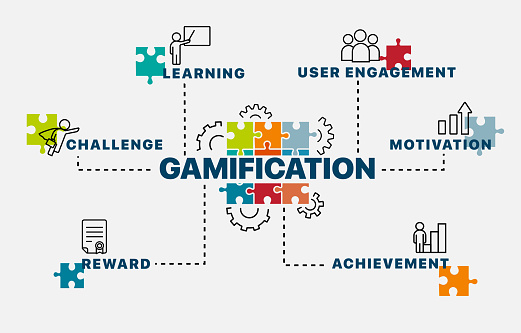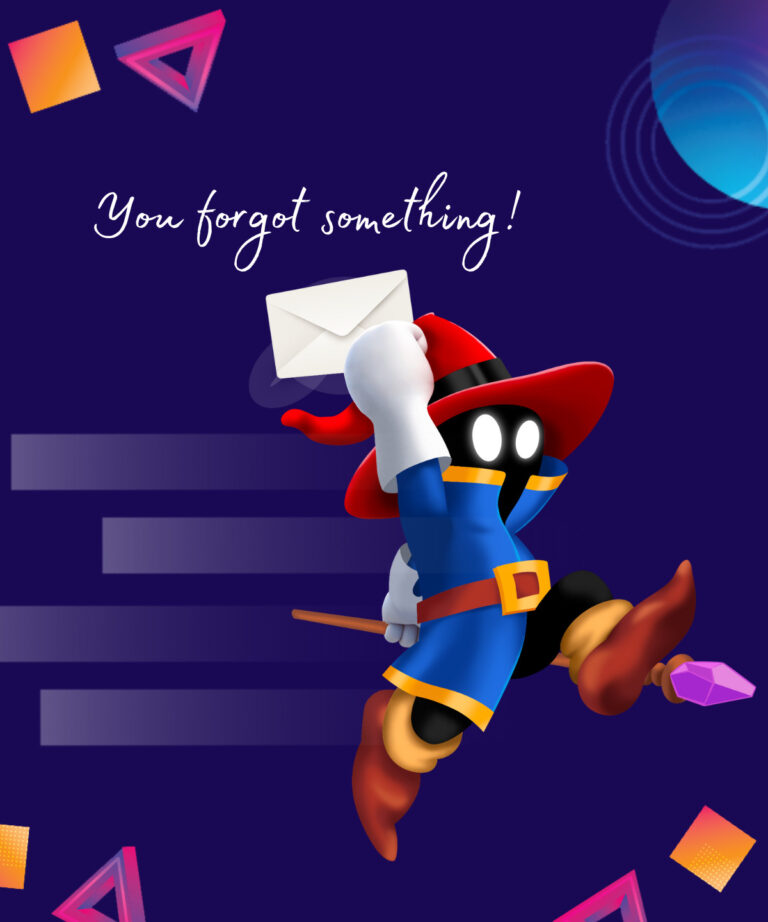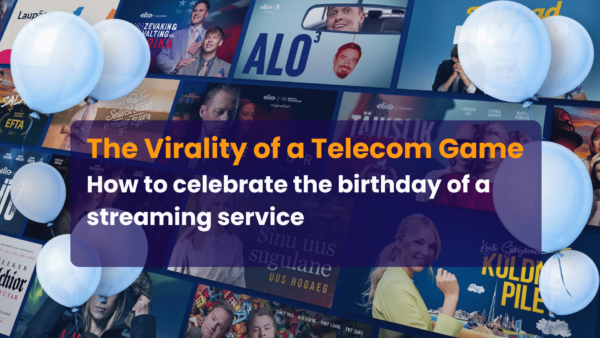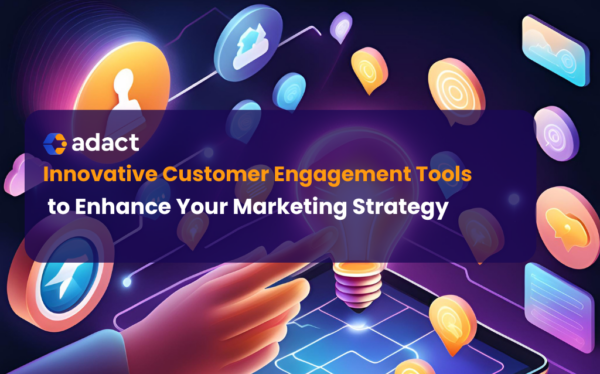Gamification in eLearning is based on introducing game-based elements (points systems, badges) into a traditionally non-game context, such as a learning platform. The goal of eLearning gamification is to turn learning into a fun experience that keeps students motivated.
Gamified eLearning solutions can boost learners’ motivation and foster a sense of friendly competition that motivates all students to give their best.
Gamified eLearning can also help you track learning progress in a fun way, with trivia, leadership boards, and rewards for top students.
Gamification can be used in many different settings, such as informal settings like schools and formal corporate training settings.
It’s a common misconception that only kids like getting rewarded for good behavior. Adults also like receiving recognition, both in personal and professional settings. An effective award system motivates adults to keep up their good work.
If you’re organizing a learning event, check out these articles for eLearning gamification ideas for your conference booth and information on how to make e learning interesting for your attendees.
What is the gamification of eLearning?
Gamification in eLearning is based on introducing game-based elements (points systems, badges) into a traditionally non-game context, such as a learning platform. The goal of eLearning gamification is to turn learning into a fun experience that keeps students motivated.
Gamified eLearning solutions can boost learners’ motivation and foster a sense of friendly competition that motivates all students to give their best. Gamified eLearning can also help you track learning progress in a fun way, with trivia, leadership boards, and rewards for top students.
Gamification can be used in many different settings, such as informal settings like schools and formal corporate training settings.
It’s a common misconception that only kids like getting rewarded for good behavior. Adults also like receiving recognition, both in personal and professional settings. An effective award system motivates adults to keep up their good work.
If you’re organizing a learning event, check out these articles for eLearning gamification ideas for your conference booth and information on how to make e learning interesting for your attendees.
See also: Gamification in training
Read more
Here are the five biggest benefits of gamification in eLearning:
Gamification makes the learning process more fun
Let’s face it. Many adults are intimidated when it comes to learning new skills. Learning something new requires you to step outside of your comfort zone and learn from your own mistakes.
Plus, some people still associate learning with old-fashioned school programs and strict teachers with boring, ineffective teaching styles.
Therefore, the main objective of learning should be to create a welcoming environment where people can relax and open their minds to new information.
Gamification of eLearning can do just that!
Studies show that using gamification in learning boosts the production of serotonin and dopamine in students, the neurotransmitters responsible for feelings of happiness and reward.
This is not only good for overall health and well-being, but it also makes learning more fun and helps learners feel more positive toward the learning process. As a result, learning becomes a more pleasant process and students are more eager to participate and engage in courses.
Gamification increases healthy competition
The best way to boost student engagement is to transform the learning journey into a game, where students must complete certain tasks to unlock the next level. Just like in a video game. People love challenges, especially when they’re well-balanced and achievable.
With eLearning gamification software, you can transform the learning process into a friendly competition, keeping score of each participant’s progress and giving prizes to top performers.
For many people, healthy competition is the biggest motivator in learning. Weekly goals and scoreboards to track learner progress can help instill this sense of healthy competition. Many eLearning apps also allow you to create achievement badges that represent something meaningful for your organization.
Gamification improves user experience and retention rate
User experience is one of the main factors in determining whether a learner will stick to their course or lose motivation and quit halfway.
Most people prefer interactive online courses instead of passively listening.
Gamification in online courses uses elements like quizzes and gamified assessments to make online learning fun, interactive, and easy to use. This is the recipe for an exceptional user experience, making it much more likely your students will complete your online course!
Gamification accelerates interaction
According to a Carnegie Mellon University study, interactive learning boosts students’ performance and could accelerate knowledge acquisition.
Gamified learning platforms are much more interactive than traditional teaching methods. With e-learning gamification, you can also create different games and exercises where the learners can put their knowledge into practice. Instead of being passive viewers or listeners, the students participate actively in the learning process.
Gamification makes learning a bonding experience
Online learning can feel isolating, especially for people who are used to spending time with their peers in the classroom or at work.
But it doesn’t have to be this way!
Gamification in online learning can add a social and community element to learning, even with fully remote teams. Boost teamwork by dividing students into teams that compete against each other, or use leaderboards to encourage competition among remote employees.
Modern eLearning management systems (LMS) often include social features, such as chat and comments. Learners can also share their insights to help each other grow and learn together, fostering a sense of community. Through eLearning LMS gamification, you can build a company culture that encourages improvement and social learning.
Read more
Best eLearning gamification examples
Grasshopper
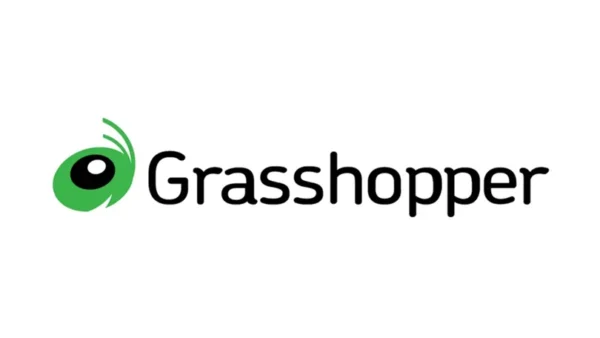 Grasshopper is an eLearning app that teaches users how to code through fun, and engaging puzzles. With Grasshopper, after users pass a course they are tested on their knowledge through a fun puzzle. Grasshopper not only tests users’ skills, but also makes learning how to code fun, interactive, and rewarding.
Grasshopper is an eLearning app that teaches users how to code through fun, and engaging puzzles. With Grasshopper, after users pass a course they are tested on their knowledge through a fun puzzle. Grasshopper not only tests users’ skills, but also makes learning how to code fun, interactive, and rewarding.
Duolingo
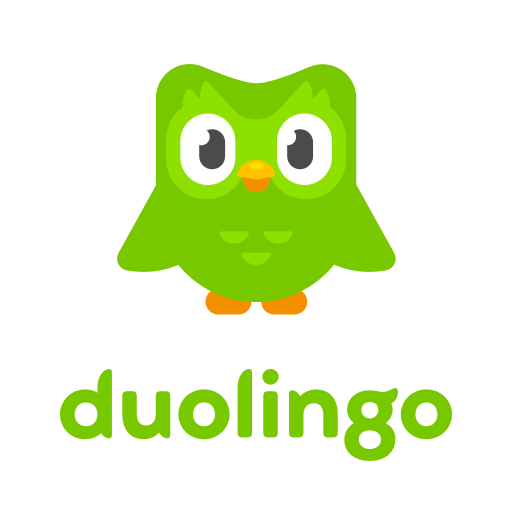 Duolingo uses a variety of game elements to make language learning fun and engaging. The app uses streaks that recognize users for every consecutive day they practice a language, encouraging users to stay consistent. Duolingo also gives badges to users for passing a level and uses leaderboards to motivate users to keep learning.
Duolingo uses a variety of game elements to make language learning fun and engaging. The app uses streaks that recognize users for every consecutive day they practice a language, encouraging users to stay consistent. Duolingo also gives badges to users for passing a level and uses leaderboards to motivate users to keep learning.
Microsoft
 Gamification can also be used to create an engaged training platform in corporate settings. In Microsoft’s gamified training platform, agents were rewarded for completing certain tasks and reaching achievements. Microsoft also used leaderboards to inspire healthy competition among employees, making for even better learning outcomes.
Gamification can also be used to create an engaged training platform in corporate settings. In Microsoft’s gamified training platform, agents were rewarded for completing certain tasks and reaching achievements. Microsoft also used leaderboards to inspire healthy competition among employees, making for even better learning outcomes.
Best LMS and eLearning solutions and platforms
Adact
Adact is one of the best e-learning gamification platforms available. With a range of games to choose from, including trivia, battle polls, puzzles, and quizzes, you’ll be sure to find a game that helps you meet your learning objectives.
If you’re having trouble finding a gamification solution for a school course or corporate training program, Adact’s experienced team can help you find the best eLearning games.
TalentLMS
TalentLMS is one of the top gamified learning platforms for corporate training. The platform offers features such as achievements, badges, and company-wide leaderboards to give employees a sense of recognition and keep them motivated.
Docebo
Docebo also incorporates various gaming elements to enhance learning outcomes. They also use an interesting reward system to motivate learners. When learners achieve certain goals, they are awarded points which they can use to buy rewards such as time off work.
Absorb LMS
This gamification learning platform can be used for training staff, partners, and even customers. Absorb LMS uses leaderboards and accomplishment awards to recognize learners’ progress. It also lets users create social profiles, where they can rate courses and share their achievements.
Top5 ideas to gamify LMS and eLearning
You can gamify all key elements throughout the whole learner experience, from beginning to end. Here are some gamification examples that can be applied to most eLearning programs:
1. Badges and rewards
If your learning programs are long and contain a lot of material, it’s best to divide your course into levels. Just like in a video game, you can design your online course so that students have to complete certain tasks to unlock the next level.
In this way, even complex courses become manageable.
Many examples of gamification in eLearning give badges for each level that users unlock.
A great example of this comes from Duolingo. To get your first wildfire badge in Duolingo, language learners must use the app three days in a row, without pause.
There are a total of 10 levels and each new level takes longer to complete. Users get a better badge when they complete each new level. This also makes for a friendly way to compete with family and friends.
The most exclusive badge is reserved for people who use the app for one whole year, without missing a single day.
With online learning gamification, you can create your own custom badges related to your field. Let’s imagine you offer an SEO course. You could add a badge for each level your students unlock. For example, SEO Apprentice, SEO Genius, and SEO Master.
Rewards and recognition are also crucial for any effective assessment, with 88% of employees saying they find rewards for good work important and motivating.
Studies prove that many employees value non-money recognition equally or even more than performance bonuses. So it’s more about the gesture of recognition than the actual reward.
Here are a few fun ways you can rewards when gamifying eLearning solutions with Adact.
Open the box

If you’ve created a few different rewards, a game where people get to open a box and discover their reward can add an element of excitement.
This game might remind you of pulling prizes randomly out of a hat. We’ve made an online version of this game for you, so it can be accessible for your online students.
Wheel of fortune
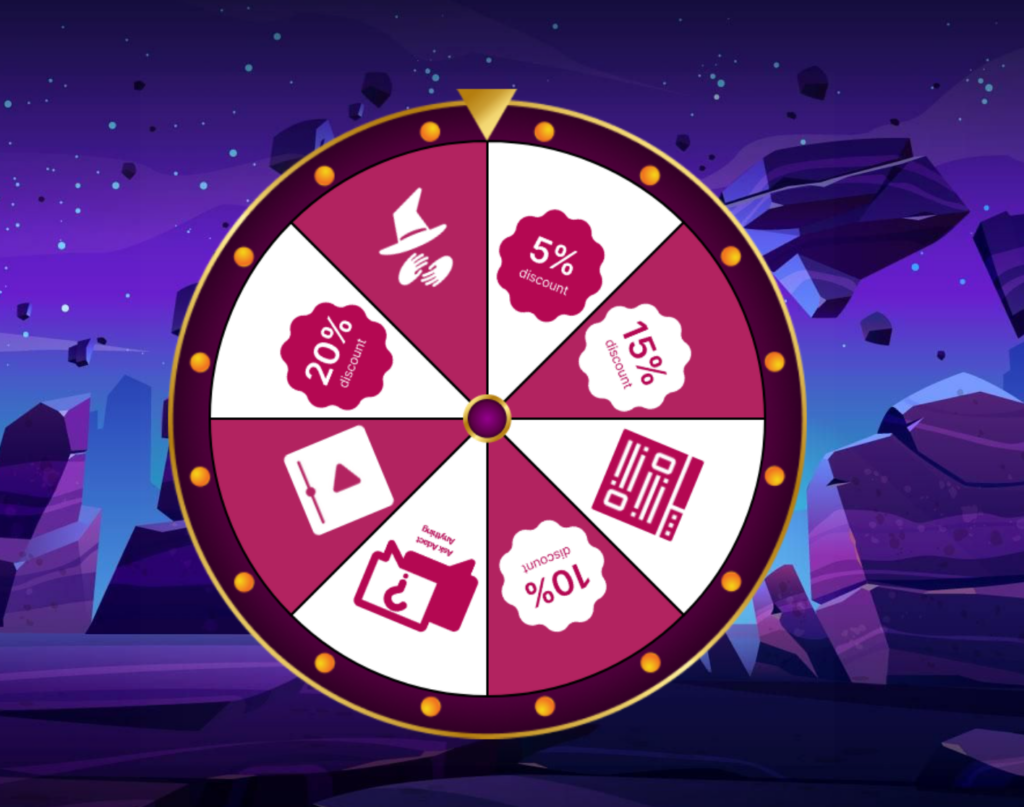
Another option is to create a wheel of fortune game with multiple rewards, such as gift cards, discount coupons, and even a day off work.
This can create a fun, bonding experience, especially when your whole team is playing together and guessing what the rewards will be.
Scratchcard
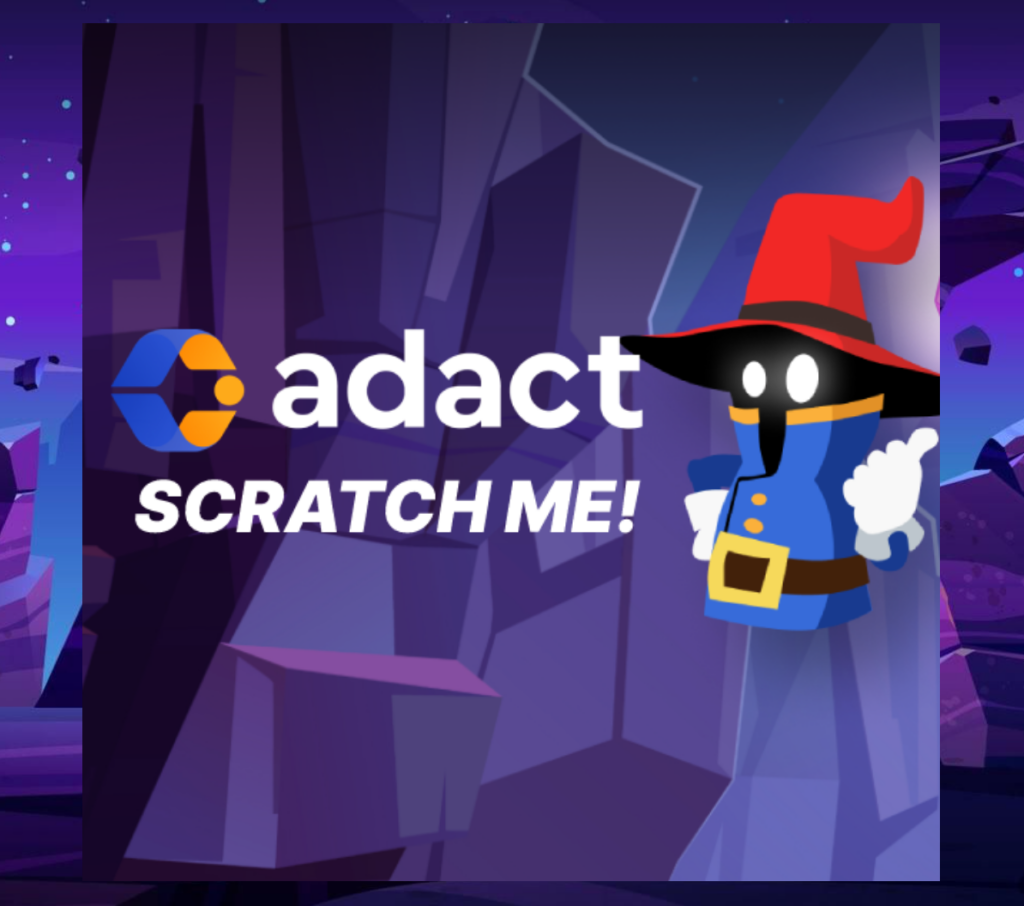
If you want to add the element of mystery to your rewards, send your students an online scratchcard via email. A scratchcard is guaranteed to put a smile on their face and make a much better gift than a traditional reward.
2. Learning assessments
When it comes to learning, people don’t like tests and assessments because they remind them of their school days. However, it’s important to know whether a participant has reached their learning objectives.
The best way to assess performance is to turn tests and assessments into fun, competitive games through eLearning gamification.
There are multiple ways to do this with Adact:
Swipe poll

Instead of boring Yes/No questions, why not organize a swiping contest? This is a quick and effective way to assess a learner’s knowledge of a particular subject.
In a swipe poll, participants swipe right if the answer is correct and swipe left if it is wrong. These game mechanics remind people of dating apps, which makes a swipe poll even more unusual and fun.
While students have fun swiping left or right, you can also collect valuable data on their learning progress.
Battle game
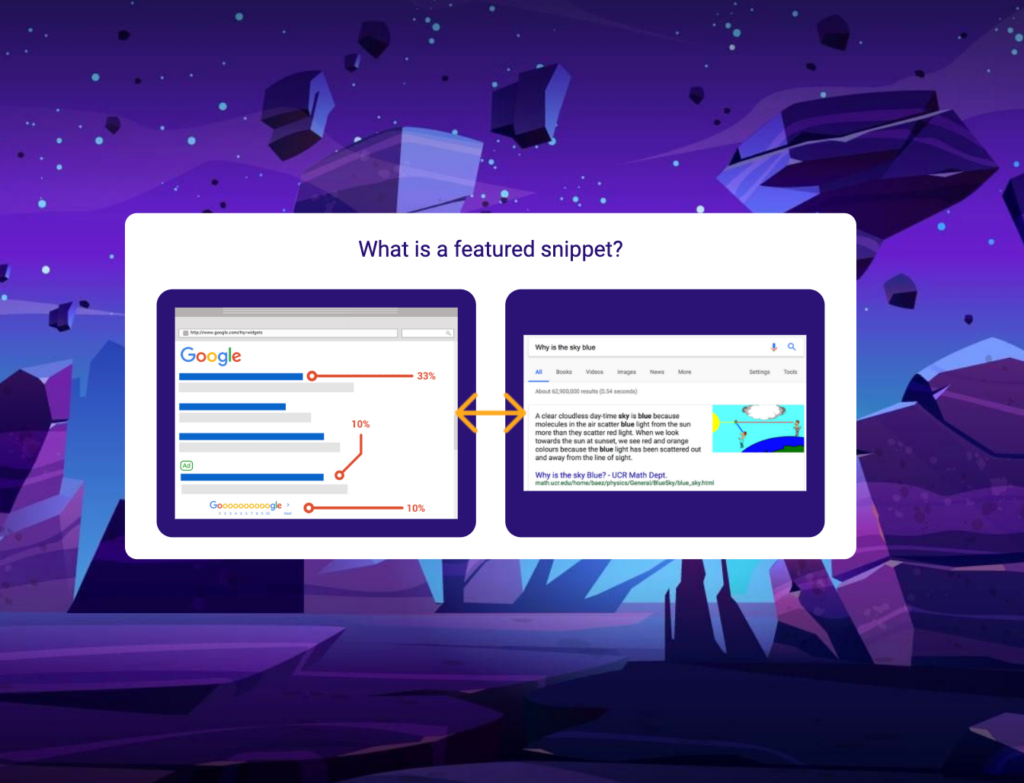
If you’re looking to do a quick way to assess your students’ progress, a battle game is a great way to do it. Present as many questions as you like in the form of a battle game and prompt users to select the right answer through an engaging game.
This is a quick way to assess learning progress, but these quick tests also boost dopamine, making the learning progress more rewarding.
Multiplayer trivia
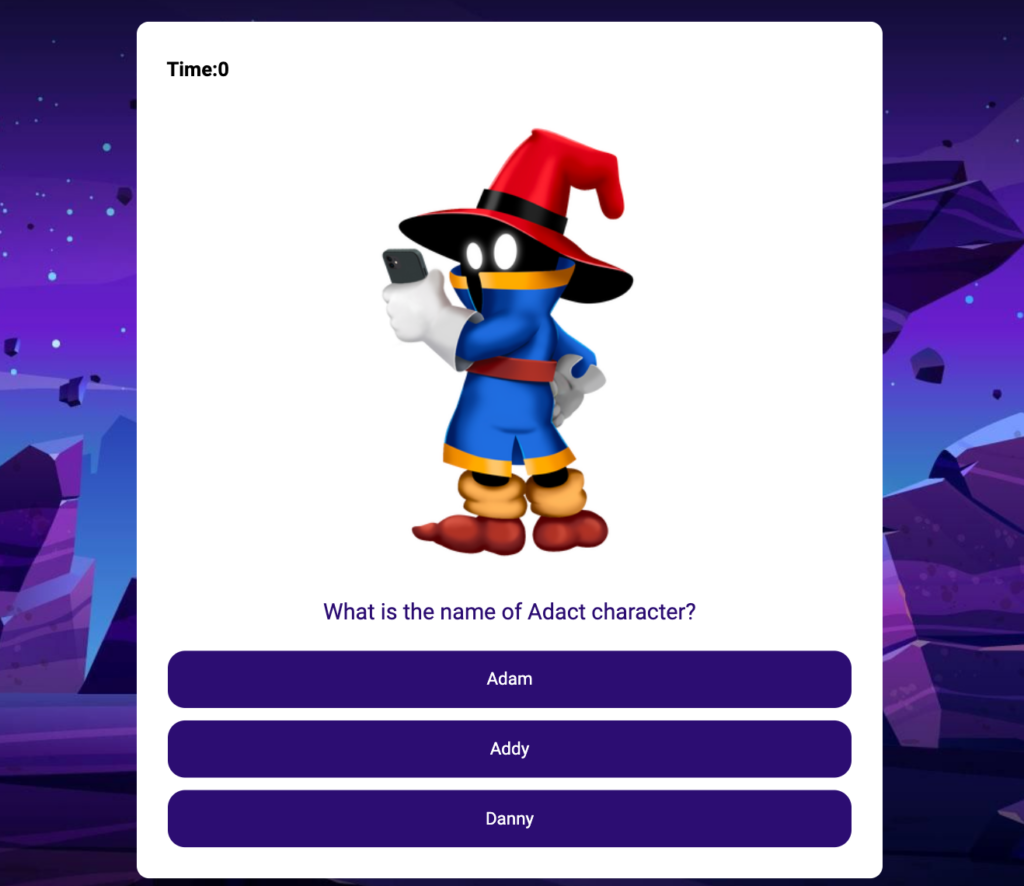
If you want to add a sense of competition and urgency to your gamification online course, multiplayer trivia is the perfect choice
Add multiple-choice questions related to your eLearning course and set a time limit for each question. Every player gets to create their own avatar which they can use to compete against each other. This healthy competition boosts engagement and encourages students to give their best.
Video trivia
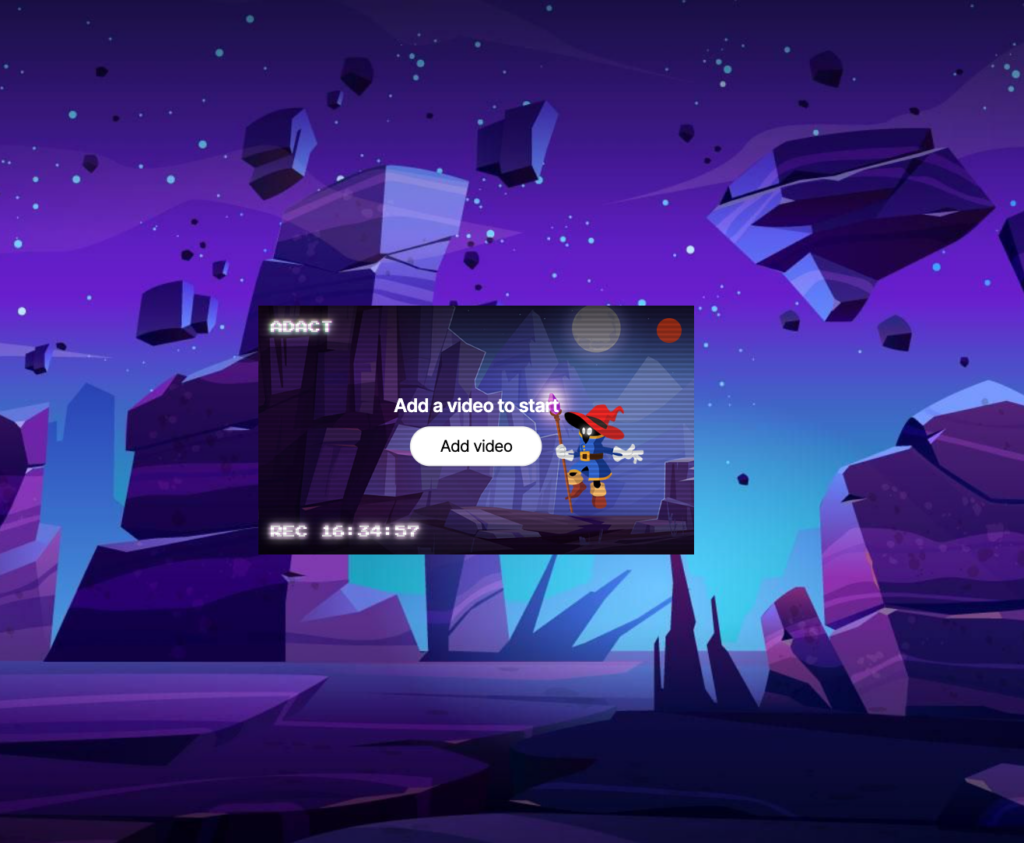
Sometimes video can be a much better medium for trivia, especially if participants must undergo skill assessments.
With video trivia, you can ask participants to watch a short training video and then answer multiple-choice questions based on the video.
Creating video trivia is easy with Adact. Simply add your video and questions to our game template and start testing your students!
Wordle

If you need to do a quick assessment after each lesson in your gamification online course, a custom Wordle game is a great choice.
With this game, students guess the word that answers your question. The rules are simple. If the participant puts the correct letter in the correct box, the box turns green. If they put the correct letter in the wrong box, it turns yellow. And if they pick an incorrect letter, the box turns gray.
This game is perfect for language learning or e-Learning gamification courses where participants have to memorize lots of information.
3. Challenges and competitions
To keep students motivated, create an eLearning program with engaging challenges. When students pass a challenge, they can receive a reward, badge, or access to other game features. Posting high scores on a leaderboard can also facilitate friendly competition, leading to better learning outcomes.

4. Training and team building
Use eLearning gamification to make training team building more interesting. Multiplayer trivia games can help your team work together to achieve learning outcomes. Achievements, leaderboards, and badges can encourage healthy competition within a team. Quizzes and trivia can help you track your team’s progress.
5. Feedback survey
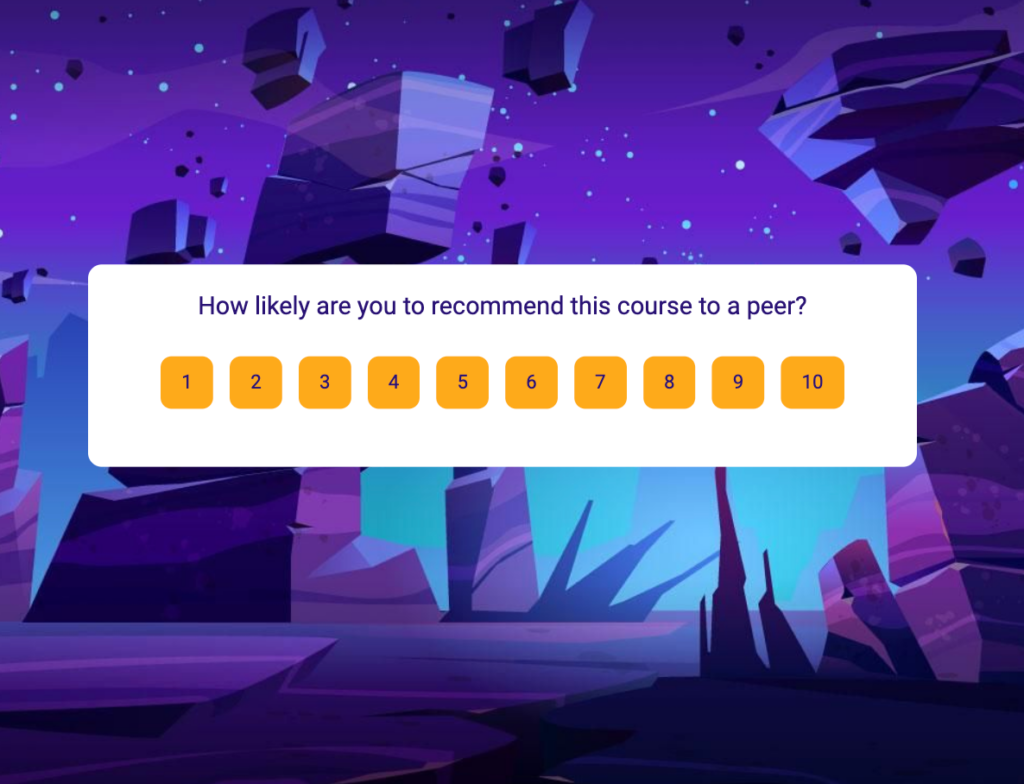
Finally, gamification can boost survey response rates and help you collect feedback from participants in a fun and efficient way.
Many trainers fail to organize a survey after their courses, which means feedback collection is often inadequate. However, by making it as easy as possible for participants to provide instant feedback, trainers can significantly improve their feedback collection.
Asking people to complete a survey in written form can be boring, which means many people won’t respond. So why not make an exciting game out of your survey questions?
All you have to do is fill out our custom survey template with your questions. You can add multiple slides where participants rate different aspects of the course from 1 to 10.
eLearning gamification FAQ
How does gamification help you engage your learners?
When designing an eLearning course, many people simply take the materials from their offline course and publish them online. But that’s not enough! People are tired of traditional learning methods, where they read or listen to the materials passively. They want to be active participants!
Online game platforms for e-Learning allow educators to experiment with different formats and create interactive courses that engage participants.
If you’re looking at how to make e Learning interesting, the best way is to add a lot of entertaining tasks for participants to complete as they learn. This could be quizzes, trivia, or various challenges.
By using these gaming elements in eLearning, you can break your online course material into bite-sized chunks that are easier for students to learn. When participants can concentrate on one thing at a time the course is less overwhelming and it’s easier to stay motivated.
To take engagement to the next level, you can add quick games that are not directly related to the learning objectives but which serve as a break between learning sessions. This cultivates positive emotions toward learning, boosting future engagement as a result.
Finally, healthy competition is one of the best motivators! If you want participants to be engaged in your gamification online course, create a leaderboard to keep track of everyone’s score. Do this and see how quickly participants step up their game and engagement grows!
Is gamification for online courses or education?
Gamification can be used for online courses and education. Organizations can use a gamified learning platform to design online training courses for employees. Educators can also use gamified eLearning solutions to keep students motivated and engaged, and help them develop a positive attitude toward learning.
How can I gamify an eLearning course?
For gamification of online learning, use eLearning gamification software to add game elements such as interactive quizzes, trivia, badges, and rewards to your online courses. You can also add a new level of engagement to your eLearning course by letting students unlock new levels or compete against each other.
Why is gamification important in eLearning?
The importance of gamification in eLearning cannot be understated. Gamification boosts motivation and user engagement, helping people learn faster and enjoy the learning process much more. Gamified eLearning also increases participant retention rate, because people are more motivated to complete the course when they see it as a fun challenge.
What are the best eLearning games and elements?
Some of the best eLearning elements include challenges, leaderboards, badges, and achievements. These elements help motivate participants, keep them engaged, and add an element of fun to learning.
Popular games like trivia and quizzes are great games to help students learn course material. You can also use swipe polls and battle games to assess the learning outcomes course.
What is LMS in eLearning?
Learning management software (LMS) is a technology that allows trainers and educators to design, deliver, and evaluate courses. Some LMS platforms allow users to gamify their courses. An LMS can also collect and analyze data from eLearning courses, to help improve the learning process.
Gamify eLearning with Adact
If you were wondering what is gamification in eLearning, by now you should have a clear picture. So why wait any longer when you can reap the benefits of gamification today?
Adact offers more than 30 games that you can customize according to your learning objectives.
The best part is that everyone can create a game on our website, even if you have zero coding skills. Most games can be customized with a simple drag-and-drop editor, and it’s easy to create a branded game by adding your logo or brand colors.
Sign up today and see how gamification with Adact makes it easy to create fun, effective, and engaging course material that actually makes learning easy!

